The advantages and disadvantages of the old, medium and blue LED spotlights are big PK!
Looking back at the evolution of LED spotlights, we will hear the saying that the first generation, the second generation, the third generation of LED spotlights, and even some people call them grandfather, father, grandson. The “third generation” is much later than the “first generation”. There is a saying that the generation is stronger than the first generation, but the “third generation” must be stronger than the “first generation”?
gartenmöbel design
bettwäsche tom und jerry
planeta sport muske patike novi pazar
giorgio armani sport
adidas beckenbauer trening
bomber jakke burgunder
гуми 18 цола
esprit round sunglasses
liemenes mergaitems
windows wont connect to iphone usb
The first generation of LED spotlights
For the earliest LED spotlights, we called it the first generation. At that time, the whole lamp was not integrated. It was just replacing the traditional light source with the LED light source, and sometimes it was necessary to change the driver or rectifier.

The second generation LED spotlight
The second generation began to install the LED into the luminaire to form an integrated luminaire, but most of the light source used a single Hight Power. At this time, the technology of the LED chip has been advanced compared with the earlier one and can be integrated. Come together.
The optical solutions of the second generation of spotlights are generally two types, one is an integrated lens, and the other is a combination of a plurality of single lenses.

At this time, LEDs have just begun to be popularized. The quality of LED lamp beads is generally not very good. Individuals have done well but the price is high, so they have not gained popularity.
The third generation LED spotlight
In the third generation, in recent years, a large number of LED spotlights with COB light sources have appeared. It can integrate relatively large power requirements on a small chip, achieve higher power in a small area, and generate higher lumens, so it has gradually become the most mainstream LED shot for modern commercial lighting.
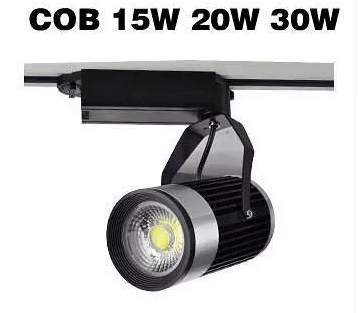
The optical design of COB spotlights has also undergone several changes:
1 pure reflective cup type
The first, pure reflective cup type: inside a COB, outside a reflective cup. The problem is that the light directly coming out of the COB has a strong side spot, and the spot is not very beautiful, and then a modified COB spotlight appears.
2 reflector + light guide column type
▲ Improved COB spotlights, as shown above, reflector + light guide.
3 lens type
Now the third one is used – the lens type, a larger lens is added to the COB, and the lens is directly placed on the COB light source. The effect of the spot is very good, which is a relatively mainstream way.
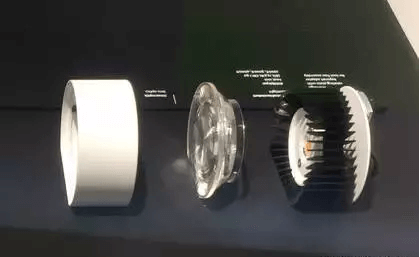
Of course, these optical methods have their own characteristics and advantages.
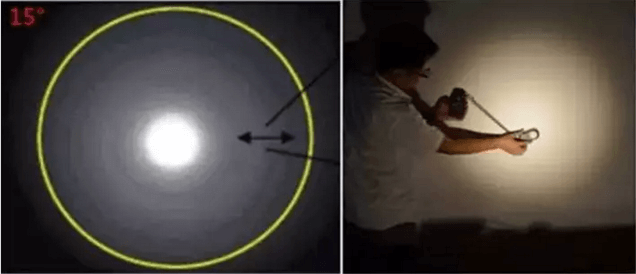
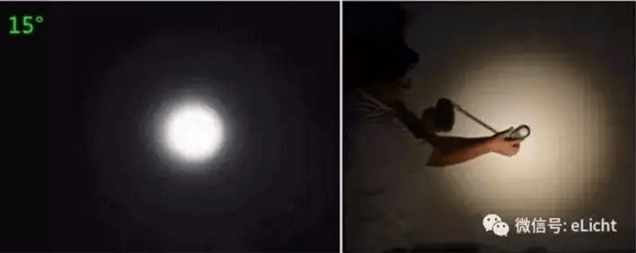
The latest COB spotlight advantages
First of all, its power range is particularly large: as small as 3W/5W, as large as 25W/35W, and can be used in restaurants, homes, and commercial lighting.
Secondly, the color temperature range is particularly wide, from a very low 2200K/2400K to a very high 6000K/6500K, breaking the color temperature limitation of the metal halide lamp from 3000K to 4000K. The earlier Hight Power color temperature can also be selected more, but the technical requirements for the package are relatively high, so the high-power lamp beads are limited to several manufacturers, and the COB packaging technology requirements are slightly wider.

Therefore, the package COB can make a variety of light colors, and there are multiple color points under the same light color, which can meet the needs of more subdivisions.
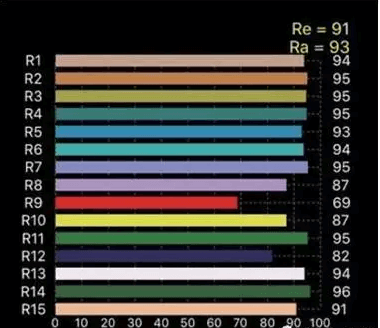
The improvement of packaging technology has also led to a general improvement in the color rendering of COB, and a good COB can reach 98.
Three generations must be better than one generation?
Looking back, we mentioned the first, second and third generation spotlights. It must be emphasized that it is not clear that “this” must be better than “that”. The text mentioned in the text is now The products used, even the first generation products of the early days, still exist in the market, and even sell very well.
We say that the first generation, the second generation, and the third generation are only divided according to the time of appearance, and it does not mean that the third generation is better than the first generation.
For example, Hight Power’s lamp bead is just a light-emitting point. A single lamp bead can be made into a narrow and narrow beam angle, while COB has a light-emitting surface. Although a large lens can achieve a very narrow beam angle. But in the early days, the effect of the spot was not as good as that of a single lens.

ERCO does not currently use COB technology, and it is more popular with a single high-power LED plus a separate lens.
▲ ERCO has a lamp like this, using a single high-powered bead, which is turned into a very narrow beam angle through the lens, and then a different diffuser is added in front to make it form a different spot.

ERCO chose to use optics instead of the latest COB light source. This way, it can better control the consistency of light color, control the excellent quality of the spot, and better be used in places like museums that require fine control of optics.
All in all, these types of LED track spotlights have their own advantages and disadvantages. There is no such thing as who derives them, but they have their own advantages and disadvantages in different eras and applications.

